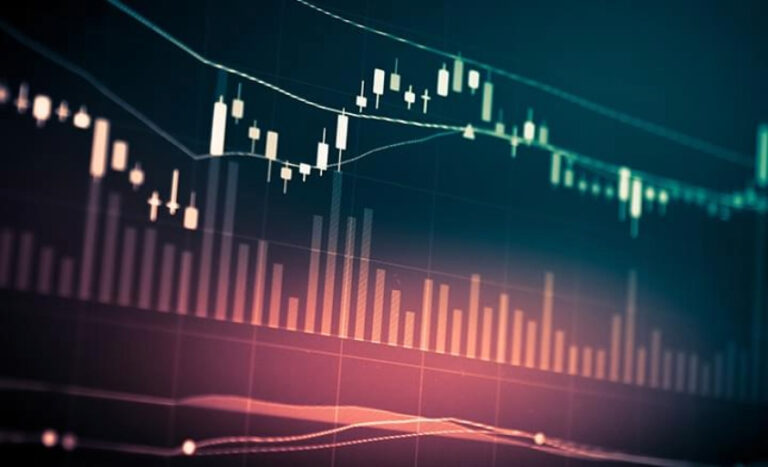Moody’s Analytics has published its most recent Australian Used Vehicle Index Report, outlining the third consecutive monthly price increase for March, up two per cent on February, representing the highest month-to-month increase since May 2022.
Alongside the price increase, the annual rate of depreciation decelerated, dropping from six per cent in February to 3.8 per cent in March, but despite the market uptick Moody’s Analytics expects a gradual decline across 2024.
While current used vehicle prices are 47 per cent higher than the pre-pandemic level in February 2019, they are still 14.8 per cent lower than their peak in May 2022.
“The surge in prices contrasts with the previous downward trend experienced during 2023 and the second half of 2022, when vehicle production was recovering from the shortage of semiconductor chips,” said Moody Analytics Associate Economist, Catarina Noro.
Moody’s Analytics indicated that the Red Sea crisis may be contributing to the rise in used vehicle demand, but expects the effects of shipping route disruptions will ease in the coming months.
“The Houthi attacks and subsequent disruption in Red Sea shipping routes are likely contributing to the rise in used-vehicle prices,” Ms Noro said.
“These disruptions have severely impacted trade between Europe and Asia, forcing carriers to opt for the longer Cape of Good Hope route, which not only increases transportation costs but also delays vehicle deliveries to Australia.
“The Observatory of Economic Complexity reports that European vehicles constitute 19% of the Australian market, so such disruptions could notably affect the availability of new vehicles and, consequently, the prices of used vehicles.
“We anticipate that the effects of the Red Sea disruptions and the consequent increase in freight rates will stabilise over the coming months, with no further escalations expected,” she said.
Global vehicle supply is also on the rise, according to Moody’s Analytics, which is expected to put downward pressure on the used vehicle market in Australia.
“China’s auto production in 2023 increased 11.6% from 2022, 30.9% higher than the pre-pandemic level in 2019,” Ms Noro said.
“Japan’s vehicle production rose 18.2% compared with 2022, although its production remains 6.7% below its 2019 levels.
“Growing new supply in Australia also will put downward pressure on used-vehicle prices.”
While used vehicle prices have risen, Moody’s Analytics projects that the used vehicle market will decline across 2024 in Australia due to the expected normalisation in supply and high interest rates.
“The decline in average market price is expected to be less steep than last year, falling an additional 8.7% after having declined 9.8% in 2023,” said Ms Noro.






